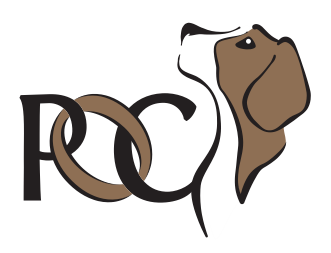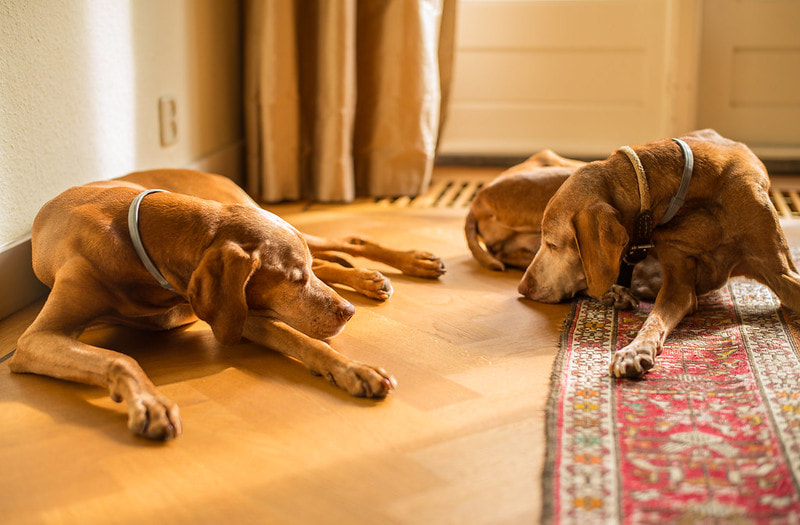|
In the last post on barking, we looked at the following:
Once you have your answers, you can make a plan. Step #1: Start with the underlying emotion.
Step #2: Write down the steps between what your dog does now, and what you want your dog to do in the future. For example, if you want your puppy to wait quietly while you prepare his food, but currently he is too excited/frustrated at the delay and barks part way through, your steps may look like this:
Step #3 - Evaluate your plan. Is it working? Are you seeing progress? If not, is it time to make changes? While you don't want to bounce around changing plans without giving them time to work, if it isn't working, make a change. In the example of the puppy, continuing to have the puppy bark will not suddenly result in quiet. It doesn't mean you need to toss out the entire plan, just that you need to adjust the steps. We need to take into consideration the feedback we get from our dogs. A large part of dog training is being able to break the desired end goal into small, achievable steps and build back up to the end goal, including any relevant distractions. (The other big part is listening to the feedback from the dog - what is working, what is not.) If you find yourself stuck, it's a good idea to reach out to a pro to help you out. Comments are closed.
|
Categories
All
Archives
May 2024
|
Online Learning Class Schedule Puppy Classes Manners Classes Sport Classes Scent Classes Agility Classes Private Lessons
Copyright 2020 Positively Obedient Canines

